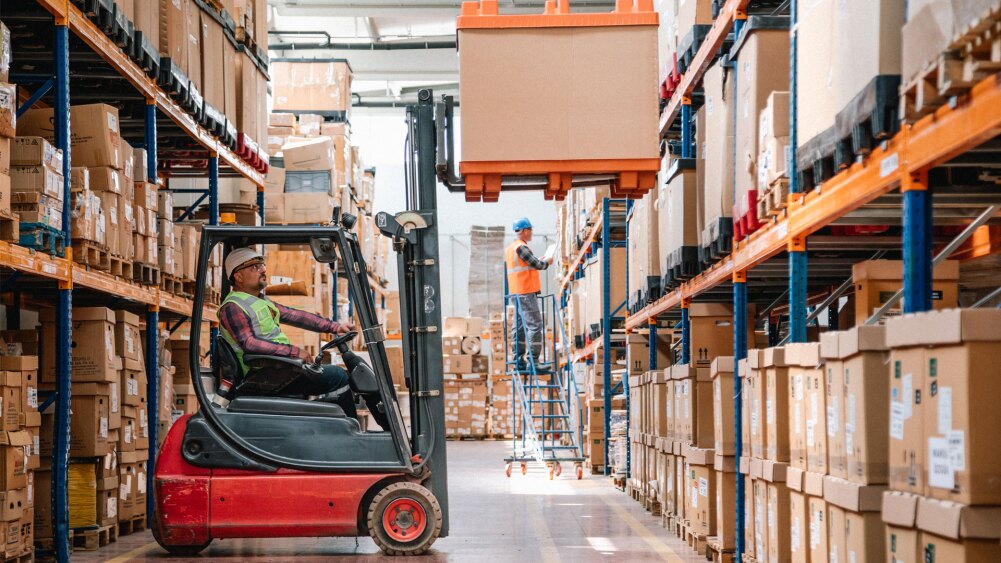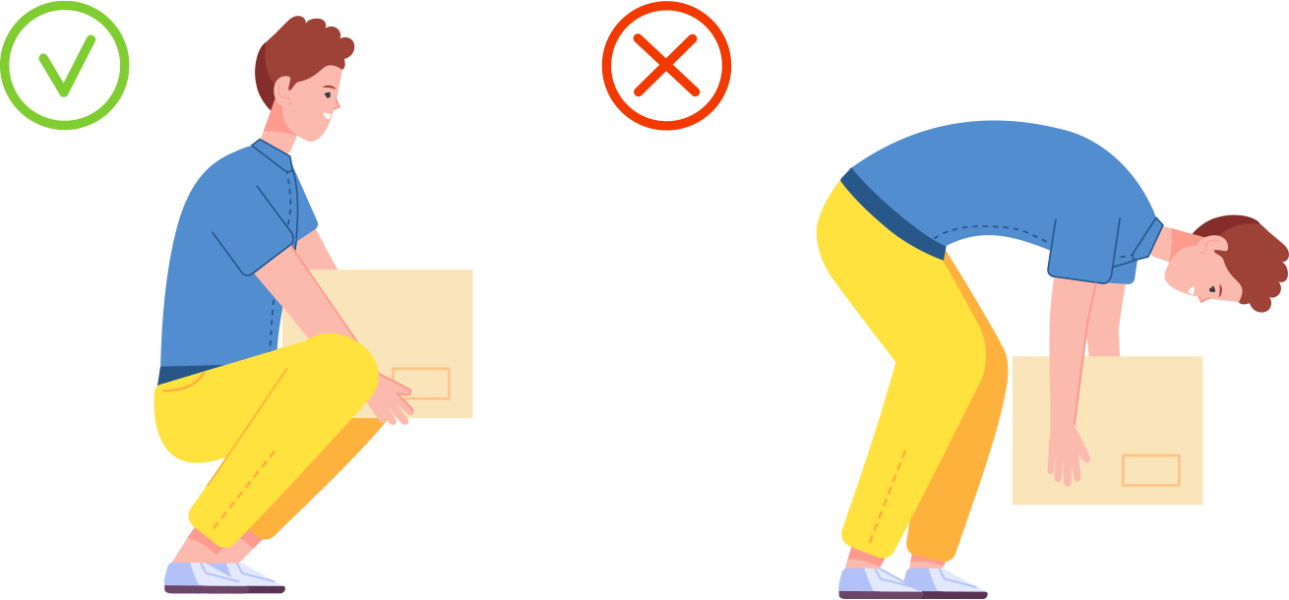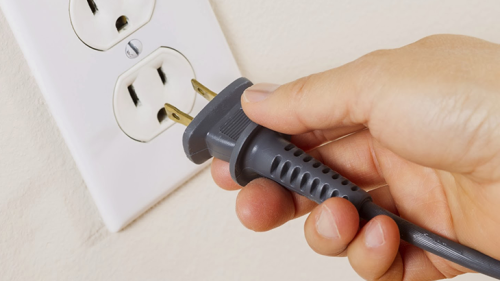Incorrect lifting techniques do not only affect the back — injuries can occur to an individual’s shoulders and neck areas as well. Lifting injuries can be mitigated through various forms of risk management including administrative and engineering controls. This safety talk will discuss administrative controls which include properly training individuals so they may safely perform lifting responsibilities.
Preparation and planning
Simply lifting the item you are looking to move is only a small portion of the task itself. It’s important to prepare your lift and have a plan in place for moving the item.
First, take a moment to understand the item you are planning to lift. It is important to consider the dimensions and weight ofthe item. Ask yourself: are you able to lift the item in a safe and comfortable manner? If the answer is no or you are not sure, ask for assistance from a coworker.
Know when an item exceeds the weight limit you can lift, or its dimensions prevent you from lifting the item alone. If an object is too large, it may also obstruct your vision. Equipment such as a dolly, forklift, or pushcart can also be utilized.
Do you have a clear path to your destination? Debris or clutter in your path can result in tripping or falling which could result in injury. If the path to your destination is long, it may be a good idea to consider using a dolly, pallet jack, or forklift. Try to avoid
moving heavy objects up and down stairs or elevated surfaces. Finally, consider the placement of your item. Lifting items above your head or away from your body will put additional strain on your shoulders and back. Consider using a forklift or asking a coworker for assistance if the item is above your reach.
Safe lifting techniques
After considering the weight, dimensions, and path of travel, it is now time to perform the lift. It is important to understand the lifting power zone. Your power zone is the area between your shoulders and knees that allows your arms and back to carry weight with the least amount of effort. The impact to your muscles and joints lessens when the load is secured against your torso. As you travel outside of your power zone you are more susceptible to injury and can safely move less weight.
When lifting the object
- Step up to the load with your feet shoulder-width apart
- To keep your balance, place one foot slightly in front of the other
- Slowly bend at your knees and hips to move towards the ground, performing a squat, as close to the load as possible
- Keep your hips square, push your shoulders slightly back and head upright. Look straight forward and grip the item
- Maintaining a strong grip on the object, begin moving upright while securing the load against your torso
- Continue lifting with your legs and core while keeping your back, shoulders, and head upright until standing
- Pivot with your feet to avoid twisting when moving an object
- Your hips should always be square with the load when in motion
Setting down objects requires just as much consideration as picking it up. When setting down an object or load, follow the same steps above but release the load at ground level or its destination.
Tips to consider
- Do not perform the lift by bending over the object
- Avoid twisting or turning your body while carrying the load
- Never lift a heavy item above your shoulders
- Never carry a load that may impair your vision
- Take small steps — change directions with your feet and allow your hips to follow
- When lifting or setting down a load place one knee on ground if necessary
- Keep the load secured to your power zone
- If a load is too heavy for you to comfortably lift, ask for assistance or use other means of lifting the object such as a forklift, dolly, or push cart
The information and recommendations contained in this material have been obtained from sources believed to be reliable. However, SECURA accepts no legal responsibility for the accuracy, sufficiency, or completeness of such information. Additional safety and health procedures may be required under particular circumstances. Please your SECURA Risk Management Consultant for more information.








